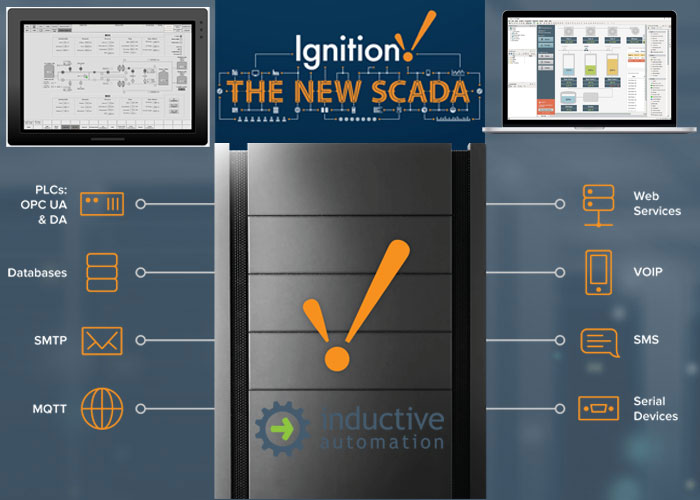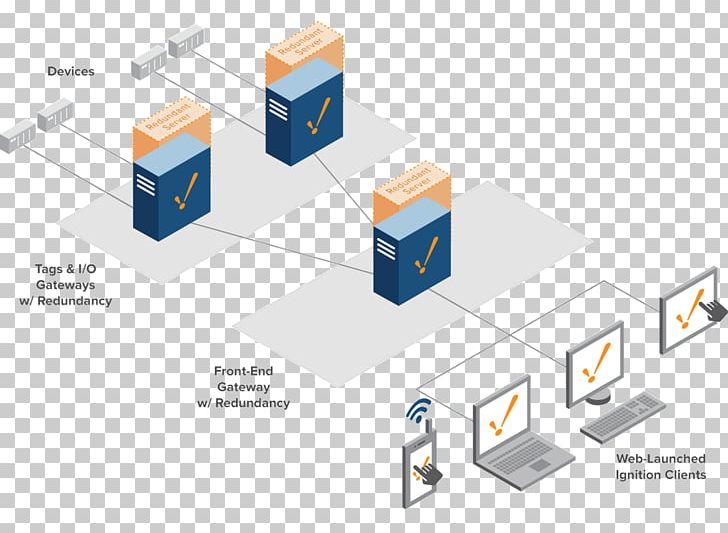

- #Inductive automation ignition software how to#
- #Inductive automation ignition software software license#
- #Inductive automation ignition software install#
- #Inductive automation ignition software driver#
- #Inductive automation ignition software manual#
IMPORTANT - READ CAREFULLY: THIS IGNITION BY INDUCTIVE AUTOMATION® (THE "SOFTWARE") SOFTWARE LICENSE AGREEMENT ("IASLA") IS A LEGAL AGREEMENT BETWEEN YOU (EITHER AN INDIVIDUAL OR A SINGLE ENTITY) AND INDUCTIVE AUTOMATION.
#Inductive automation ignition software manual#
Getting your module signed is a manual process. The example project contains a simple AntTask (in ant-post-module.jar) that will let you automate the installation of your module during your build process. During development of a module the presence of a “Developer” license will allow unsigned modules to run.ĭeveloper modules can be installed through the Ignition gateway the same as any other module or they can be be installed using a special developer module-loading servlet that is only running when a developer license is present. Ignition requires that modules be cryptographically signed (by Inductive Automation) before running.
#Inductive automation ignition software install#
This will build the sample module and install it into a running Ignition with a development license installed.ĭeveloper licenses can be obtained by filling out the developer license request form at. You can open the build.xml file, right-click “BuildAndInstallModule” Ant target, and choose “Run as Ant Build”.

#Inductive automation ignition software driver#
The sample project shows a common way to set up your workspace for module development – a build project, and an additional project for each scope the module will add to, as well as a driver project if the module will add a driver. The API exposed by the OPC-UA module for creating additional drivers. The contents of the Module SDK are as follows:ĪPI and classes exposed by the Ignition platformĪPI and classes exposed by the Vision moduleĪPI and classes exposed by the OPC-UA module If you are adding a Vision component then you rely on the Vision module.Īn example of the XML descriptor is available in the sample project. For example, if you are writing a module that provides a driver then you must indicate that you depend on the OPC-UA module being present. Modules can and commonly will have dependencies on other modules.

This is the class that will be loaded by the Ignition module system and will manage the life-cycle of your module. The descriptor also indicates your “hook” classes – the entry point(s) into your module.

A JAR file can be loaded into more than one scope as well. The descriptor contains a list of JAR files as well as an indicator into which scope they should be loaded. These effectively indicate what areas of Ignition your module will be adding to. There are three different module “scopes”: gateway, client, and designer. Vision, SQLBridge and the OPC-UA server that come with Ignition are all simply modules developed using the same APIs that are available in the Module SDK.
#Inductive automation ignition software how to#
Īn Ignition module is just a collection of JAR files that can be dynamically loaded and unloaded and an XML descriptor that lets the gateway know how to do so. The Module SDK is available with the rest of the Ignition downloads at. Proficiency with Java is required and familiarity with Eclipse and Ant are recommended, though you are free to use the IDE and build tools of your choice. The Module SDK is for experienced developers who want to develop modules for Ignition it is not geared towards beginner users. Ignition Exchange Community-made Ignition resources.Ignition Maker Edition Made for hobbyist and educational use.Ignition Edge Made for field and OEM devices at the edge.


 0 kommentar(er)
0 kommentar(er)
